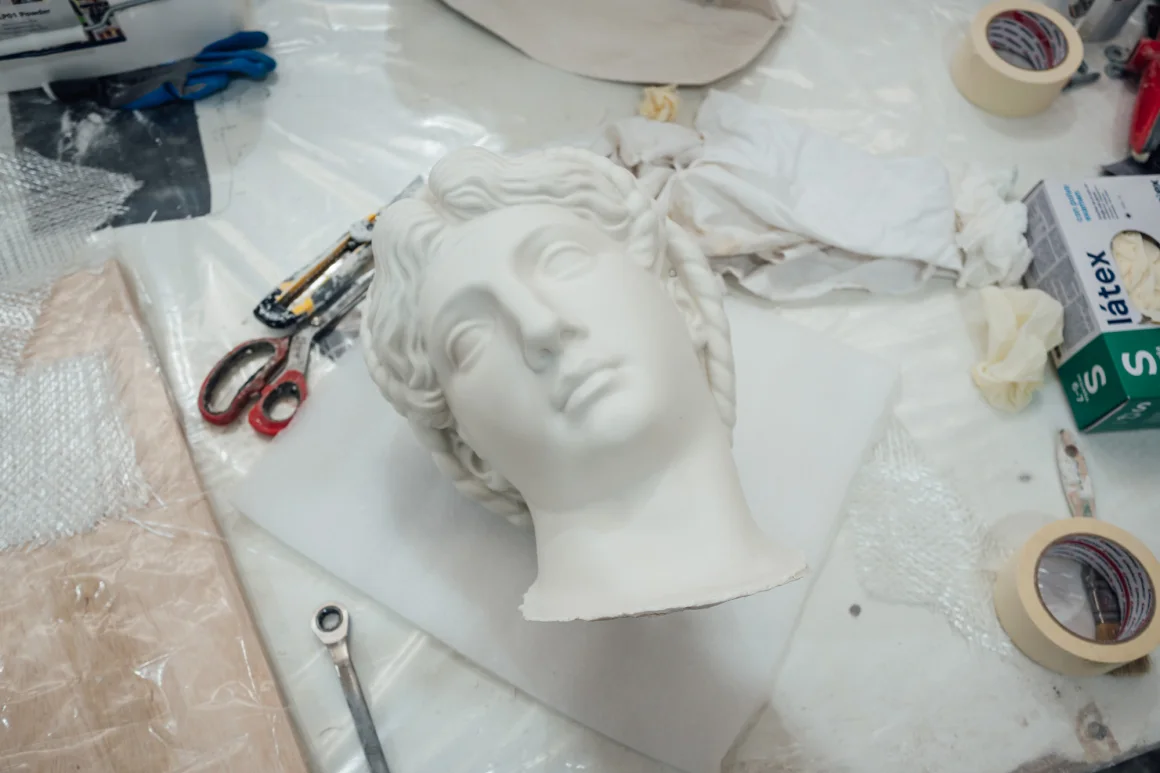At the National Gallery of Denmark, visitors now have the rare opportunity to view nearly all of Michelangelo’s existing sculptures in one exhibition, a feat not accomplished in over 150 years. “Michelangelo Imperfect,” hosted at the SMK, showcases over 40 reproductions of the artist’s works, including 3D-printed copies made by the Madrid-based studio Factum Arte. These reproductions, including a 19th-century bronze “David” and casts of Michelangelo’s tomb figures, bring the artist’s sculptural works together in a single place, far from their usual locations in Florence and other cities.
The process to create these sculptures involved advanced technology combined with traditional techniques. Factum Arte’s team used photogrammetry and Lidar scanning to digitally capture the original works. After creating digital twins, they 3D printed them in resin before molding and casting them in marble composites to mimic the original material. These high-fidelity reproductions offer a tactile experience that approximates the texture and appearance of the originals, making it possible to appreciate Michelangelo’s artistry in unprecedented detail.
While the exhibition primarily features reproductions, it also includes original works by Michelangelo, such as 20 drawings and several maquettes. This blend of original and replicated works allows visitors to engage with the full scope of Michelangelo’s sculptural output, offering a rare chance to examine sculptures usually scattered across the world. The exhibition includes a version of the famous “David,” a plaster cast of the “Pietà,” and other lesser-known works that are rarely displayed together.
Michelangelo’s sculptures are renowned for their emotional depth and physical dynamism, often capturing figures in tense, twisting poses. The use of 3D printing and casting techniques provides a closer look at the precision and artistry behind these iconic works. The ability to view these sculptures together offers a richer experience of Michelangelo’s work than the usual fragmented museum visits across different cities.
The exhibition also highlights the historical significance of reproductions in art. In the 19th century, plaster casts of famous sculptures were commonly displayed in museums as a way of making iconic works accessible to the public. While such reproductions eventually fell out of favor, the advances in technology now allow for more accurate and detailed replicas that serve both as a tool for public education and a means of preserving and studying artworks for future generations.
READ MORE:
